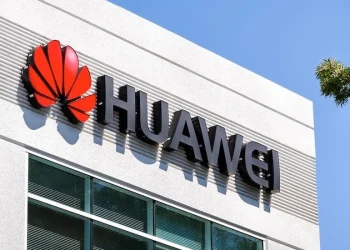Dubai based Emirates Airlines is negotiating with SpaceX to deploy Starlink satellite internet across its international fleet. This partnership could deliver speeds up to 350 Mbps a dramatic improvement over current in flight Wifi capabilities transforming what passengers can accomplish online while flying.
The Current State of In Flight Wi-Fi
Today’s in-flight internet relies on two limited technologies: Air-to-Ground (ATG) systems that only work over land, and traditional geostationary satellites positioned 22,236 miles above Earth that suffer from high latency.
“The current in-flight connectivity experience is fundamentally constrained by physics and infrastructure,” explains telecommunications engineer Dr. Rajiv Laroia. “Traditional satellites introduce unavoidable latency, while ground-based systems can’t provide coverage over oceans.”
According to the 2024 Inmarsat Passenger Experience Survey, 79% of frequent flyers consider in-flight Wi-Fi essential, yet only 18% report satisfaction with current offerings. For business travelers on Emirates’ long-haul routes, these limitations directly impact productivity.
Emirates currently offers:
- Free messaging services (text-based applications only)
- 20MB complimentary data for Skywards members
- Premium plans from $9.99 to $19.99 for full-flight connectivity
Real-world speeds typically range between 5-15 Mbps per aircraft often degrading significantly during peak usage.
Starlink’s Game-Changing Technology
Low Earth Orbit Advantage
Starlink’s key advantage comes from its constellation architecture. Unlike traditional satellites, Starlink operates thousands of smaller satellites in low Earth orbit (LEO) approximately 340 miles above Earth.
This proximity delivers two crucial benefits:
- Latency reduction from 600+ milliseconds to under 50 milliseconds
- Higher bandwidth capacity with more satellites covering smaller service areas
Impact for Emirates Passengers
Enhanced Travel Experience
With Starlink’s performance, Emirates passengers could enjoy internet comparable to high-quality home broadband, enabling:
- HD streaming services on long-haul flights
- Video calls with family or colleagues
- Cloud based productivity suite access
“The ability to maintain genuine productivity during a 14-hour flight would fundamentally change how business travelers approach long-haul flights,” notes aviation analyst Alex Spencer.
Potential Pricing Models
How Emirates might structure Starlink access remains an open question. Options include:
- Premium cabin inclusion as a complimentary service
- Loyalty tier benefit for top-tier Skywards members
- Tiered access model with basic free connectivity for all
- Universal free access as a competitive differentiator
I expect a hybrid approach, likely offering basic connectivity to all passengers while reserving premium performance for high value customers or as an upsell.
Industry Implications
Beyond Passenger Connectivity
The potential Emirates-Starlink partnership also enables:
- Real-time aircraft health monitoring
- Enhanced flight operations efficiency
- Improved crew communications and service delivery
- More personalized passenger experiences
Conclusion: A New Standard in Connected Flight
While neither Emirates nor SpaceX has officially confirmed the partnership, industry sources suggest negotiations are in advanced stages. If implemented, Starlink would represent the most significant connectivity upgrade in Emirates’ history.
For an airline built on passenger experience innovation, Starlink represents a logical next frontier. As air travel continues its post-pandemic recovery, superior connectivity could prove decisive in capturing premium market share.
Whether offered as a complimentary amenity or premium service, one thing seems certain: the days of accepting painfully slow in-flight internet may soon be over for Emirates passengers and potentially the entire industry.














